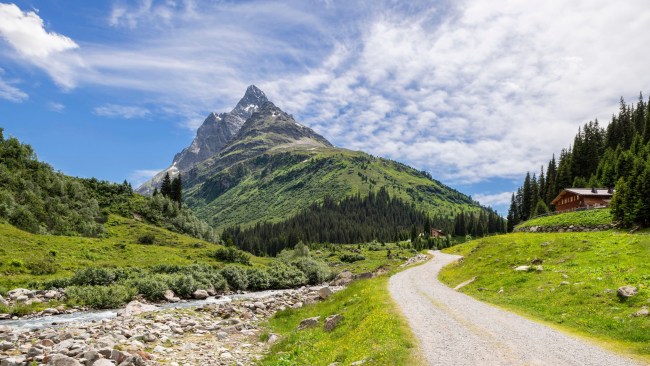I went back to Hoi An after 30 years, I was stunned by what I found
Thirty years after his first visit to Vietnam, this traveller retraced his steps and found he’s not the only one who’s changed.

Lifestyle
Don't miss out on the headlines from Lifestyle. Followed categories will be added to My News.
I was among the earlier Western visitors to Vietnam, when the country reopened to individual travel in the 1990s. Most local people had no idea what we were doing, and assumed we were Russians. Everywhere we went, we were met with mocking cries of “Lien Xo!” (“Soviet Union!”).
I was an object of fascination for Vietnamese children, who would run up to me and pull the hair on my legs and arms to see if it came off. A gang of kids in an alleyway once tried to tear down my shorts.
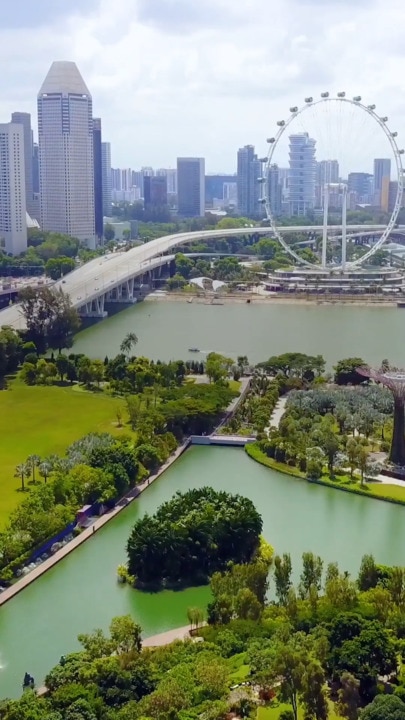
In those days, Hoi An was wonderful and unworldly, mystical and serene, quiet and naive. Travellers loved the place. It was the lost Southeast Asia of our imagination, with its covered Japanese Bridge and hundreds of historic shophouses, Chinese family chapels, pagodas, temples and tombs. We all carried with us a copy of the only available guidebook, the 1991 edition of Lonely Planet’s Vietnam, Laos & Cambodia: A Travel Survival Kit.
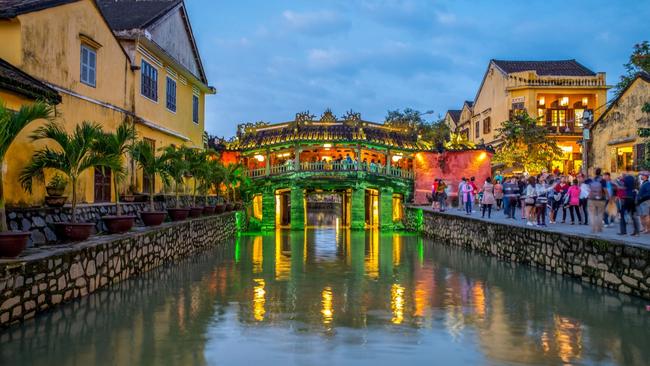
Today, there are more than a thousand hotels, guesthouses, resorts and homestays in Hoi An. My old Lonely Planet guidebook listed precisely… one. In 1991, the government-run Hoi An Town Guest House had three rooms with shared bathrooms. A room with four or five beds could be had for 6000 dong (perhaps $5). Frivolous luxuries such as a mattress were available to soft, capitalist guests – but only on request.
When I returned to Hoi An earlier this year, I stayed at the Namia River Retreat, in a villa with a private pool, a sunken bathtub and a rain shower. My bed alone was almost the size of a hostel room.
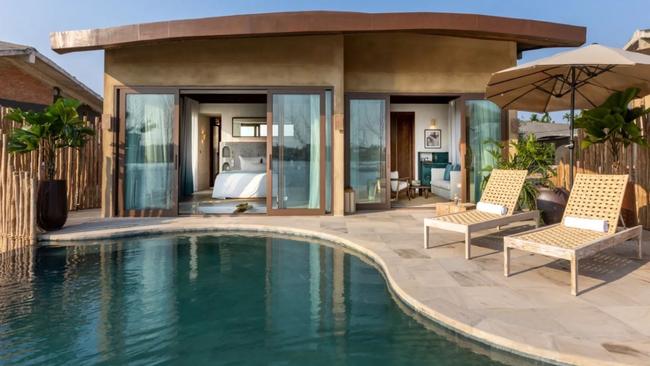
Three restaurants are listed in the tattered Travel Survival Kit, including the one on the ground floor of the only guesthouse. Mention is made of “several cafés”, but there were no bars at all.
Today, there are more places to eat and drink than hotels, and nobody gives Western travellers a second look. There’s even a large expat community, drawn by the beauty of the area and the reliability of the internet. They gather at bistros such as the Hill Station and Mango Rooms, lending an unlikely cosmopolitan air to a town that was until comparatively recently closed off to most of the world.
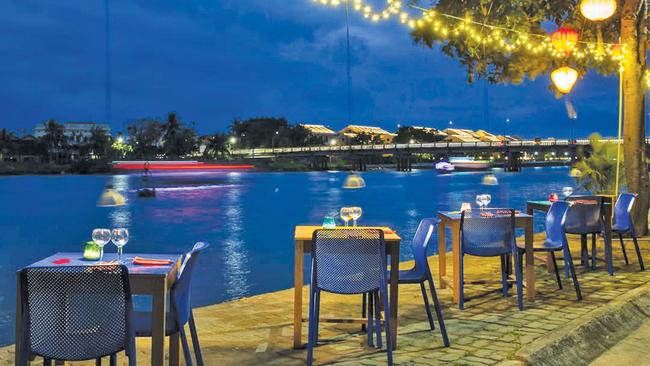
Dining at Mango Rooms is an event, partly for the chance to hear the astonishing life story of owner-chef Duc, who escaped Vietnam hidden in the hull of a fishing boat but returned in a jet plane having travelled the world.
The bigger draw, however, is the startlingly good fusion food (and “fusion” isn’t a word I approve of) with its unlikely mix of Vietnamese, Japanese, Mexican and Spanish flavours. Duc’s red-snapper ceviche is extraordinary, almost liquid.
Mango Rooms is a magical spot to watch gaudily-lit boats glide along the Thu Bon River, like fairground stalls washed out to sea. Their glowing colours reflect the lanterns that illuminate and decorate the Old Town at night.

There are many other riverside bistros and bars where tourists can enjoy international food or an expertly mixed cocktail.
More traditional, highly regarded eateries include the street-food stores on Cam Nam Island, which is linked to the Old Town by a bridge. Goat-meat restaurants such as De Dat Quang are also recommended. A couple of steps up in price and quality is the Hanoi/Central Vietnamese restaurant Com Linh in the Old Town, where the duck pho is legendary and an unforgettable feast for two can be had for about $15.
Shopping for clothing and crafts now draws travellers to a town where once there was not much for sale beyond fresh food in the markets. There might always have been a few tailors’ workshops, but today you can have a suit (or dress) made in two or three days at any number of stores. The Chinese shophouses, which had become simply houses, are now all shops again – and so is almost every other Old Town building that isn’t a restaurant or a hotel.
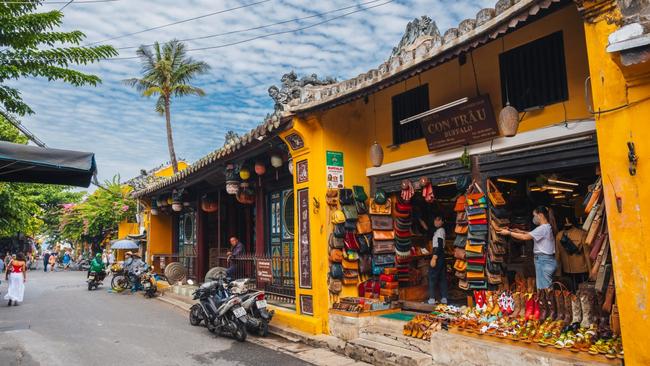
It is astonishing to me that there are now commercial tattooists in Hoi An, but then there are surprises everywhere I look. My old guidebook foretold the possibility of cycle hire in Hoi An. Today, every traveller rides a rented bike. The town is noisier and livelier and there’s a party atmosphere in the evenings, where once there was only peace and calm.
Everybody’s life is better now. People are healthier and happier and more free. Nobody cheers or jeers me or tries to strip me of my clothes. But I can’t help but feel that something valuable has been lost, and it’s more than just the hair on my head.
The writer was a guest of Vietnam Airlines and Namia River Retreat.
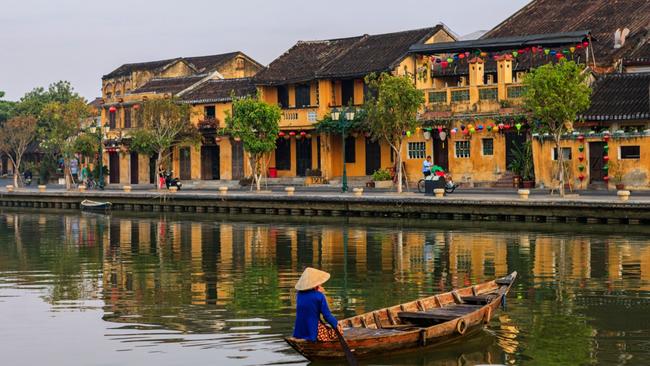
How to get to Hoi An, Vietnam
Vietnam Airlines flies from Ho Chi Minh City to Da Nang.
Hoi An is about 40 minutes by taxi from Da Nang Airport. Download the Grab app, the local equivalent of Uber, and a ride costs about $20.
Originally published as I went back to Hoi An after 30 years, I was stunned by what I found



